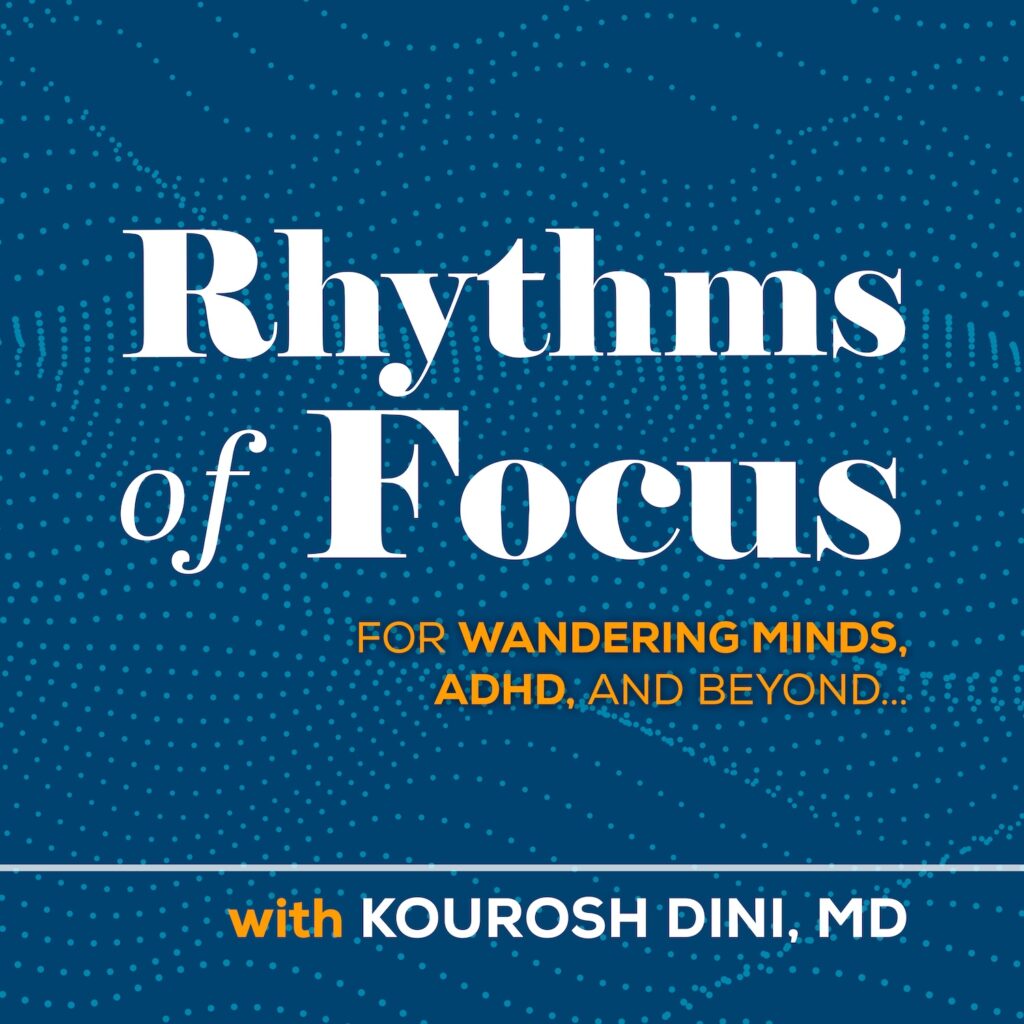Technology maintains a neutral stance regardless of an observer’s vantage point. This is hardly surprising as we would expect this of any tool. A hammer can be used to hang a picture or hurt a thumb.
There is something about approaching anything new that makes one wary. The slow pace of technological adoption by those directly involved in health care is likely more related to an understandable trepidation than any lack of know-how.
Very literally, the healthcare field is one of life-and-death, and so a well thought out path is warranted. When breaches in health care information occur, we become upset as such conversations are often held in confidence. In mental health, for example, privacy is very important. The sense of safety is a delicate matter when it comes to issues of one’s self, relationships, dreams, fears and desires. The same is true for one’s physical ailments.
Meanwhile, the very nature of networking media is that of copy and distribution. This is so much the case that the business models of music, videos, and other entertainment have been completely turned upside-down over the last decade in the attempts to accommodate to this aspect of the Internet.
So, when approaching media seemingly designed to work against principles inherent to privacy, questions arise as to who should guard this information and how? While laws such as the Health Insurance Portability and Accountability Act have been enacted to deal with issues of privacy, the feelings of concern can remain while interconnectivity only increases.
Who should have privilege to the information? What safeguards are there that only those directly involved will see it? Is there an individual responsible to whom a finger can be pointed should any breach occur? Should a group of people be responsible? Or, perhaps we can project an ideal of perfect safety upon an emotionless computer system – a functional equivalent of the imagined 1950’s robot.
Ultimately, the question is do we trust ourselves as an amorphous and ever-shifting mass of humanity with technology not only today, but tomorrow as well?
Technology is neutral. It is how we use it that counts. It is fascinating to watch, for example, the multi-user worlds both provide positive opportunites and causes for concern with those seeking and providing health care.
Some in the health care industry are actively moving forward in attempts to help those in need. With a tip from Dusan Writer’s blog, Creakysites has an excellent listing of links to several entities that have entered online worlds. The Center for Disease Control (CDC), Health Info Island, the Ann Myers Medical Center among others are mentioned.
In addition, Spain’s health authorities have launched a campaign to help teenagers who may be too embarrassed to directly speak to someone about personal matters. Now they can visit physicians online with a different type of privacy.
I’d be willing to bet that any of the above can and have helped people that would not otherwise have been, whether it came in the form of a real-world referral or a few words that crystallized a better path of development than would otherwise have presented.
Privacy and accessibility are not the only concerns. Though technology can clearly connect those who otherwise would not have been able to, we can also observe a possible detriment in the capacity to deceive, for example.
In a massively multiplayer world, where a person can create an avatar as they see fit, how does the patient know that a physician avatar is indeed a physician? How can the physician know that the patient is indeed a patient with the stated ailments? The art of deception is ages old and perhaps technology only offers a new medium. However, new media translates to a relative lack of developed skills in knowing how to not be one deceived.
These issues are only a few of likely many nuanced considerations yet to come. The key issue of approaching this interface of health with technology is, in essence, the same as with any other unknown. We do our best to learn it. When both the practioner and the patient know how the information is being handled, if both sides understand that the information is going into an electronic database, then all involved parties can adjust their conduct in the discussions of health. Of course, the “doctor’s office” is changed, but what hasn’t lately?
It is interesting to note that though there would be a concern for medical information online in one sense, the capacity to discuss difficulties are enhanced in another. Whether we like it or not, technology continues to advance, and we are learning how to simultaneously benefit as well as cope.








I ended up here while searching the net Why? Beats me ask the search engine but anyhow it was a nice surprise I enjoyed discovering your blog, thx for the nice read!
There are many blogs and i just found yours while doing some searches, what are the odds, thx for the info
sent this to Votelists ( well VoteLists lets users create a list of rankable items. Other can add items, comment on them, rate them and more!
Another great post with legitimate points, We have been a lurker right here for some time but hope to be much more involved from now on.